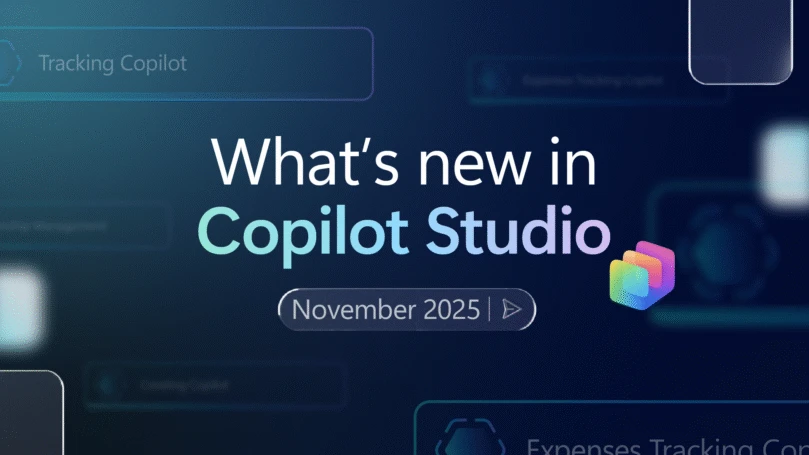A few weeks ago, I posted the first in a series of blogs about Microsoft’s position on Desktop Virtualization. In that post, I explained the three layers to Desktop Virtualization consisting of User State, Application and Operating System Virtualization. Today, I’d like to spend a little more time discussing User State Virtualization and how to think about it now and in your future desktop strategy.
To recap, User State Virtualization (USV) separates the user’s data and settings from the physical device and replicates it centrally. Microsoft recommends that you start first with User State and Application Virtualization if you plan to incorporate virtualization into your desktop strategy. We make this recommendation because once these layers are configured they can be applied to users running traditional PCs or laptops, users running Remote Desktop Services (RDS) or users who are running their desktops via Virtual Desktop Infrastructure (VDI). Let’s take a closer look.
User State Virtualization enables user mobility and fast recovery of data in the event a device is lost. Because the data is stored centrally, delivered on demand when the user logs in, and synchronized based on policy configuration, users get their personalized Windows experience immediately regardless of which PC the login into. If they lose their primary device, IT delivers a machine with a more generic Windows 7 image, without needing to copy any data – enabling them to recover and be productive faster.
The concept sounds great but what does this really mean in the day to day life of a user and an IT administrator?
Let’s first take it from the user’s perspective – it’s about my data and my settings. In most cases, a standard user is typically assigned one PC. This user is “attached” to their PC in the same way they are attached to their phone. By this, I mean it holds some of their “identity” (desktop settings, files, applications, music, pictures) that makes their PC unique to them. For instance, take a look at my personalized Windows experience …
My desktop is personalized with the Windows 7 Aero Landscape theme.

Why? Because I love being outdoors. These images remind me of when I’m hiking, snowboarding or traveling to new places– when I’m not working! Another user might choose a different theme that is more reflective of their personality such as Windows Aero Architecture, maybe because they work in a design field. Both choices are personalized to the user that is logging into the desktop at any given time. If the PC is a shared device, each user wants to feel as if it is their device for the period of time they are using it.
For my taskbar, you can see that I use the Windows 7 default configuration which places it at the bottom of the screen. Some of my colleagues have moved their taskbar to the left side, possibly because their wide screen monitor has less vertical space or to they choose to move it to the top of screen. It looks strange to me but that’s the cool part of Windows, it adjusts to your personality and what you like, not necessarily what I prefer – so we’re all happy!
Lastly, I have many of my folders set up to be replicated to a remote server when I’m online and available locally for when I’m disconnected. This is because I want to make sure that if I have a device loss/failure or if I log in from a PC that is not my primary device, I can still get access to my most critical files whether I’m in Redmond, in Cambridge with the App-V team, or in other countries visiting customers. The net is, I get my personalized Windows experience whenever I login.
Now let’s look at it from IT’s perspective. I’m IT’s worst nightmare in some cases. I travel a lot which means I’m often disconnected from the network. I use Bitlocker on my laptop for security but corporate data still comes with me and like most users, if I wasn’t using User State Virtualization, I’d probably be pretty inconsistent with backing up local data. Lastly, if my PC is unavailable, it impacts my productivity. IT needs to get me a new machine, pull my hard drive or worst case – scrape the data from the hard drive, build a new machine and then give it back to me days later. So what’s an IT admin to do?
Enable User State Virtualization. Using Microsoft’s Folder Redirection, Roaming User Profiles and Offline folders, IT can deliver the user’s personalized Windows experience to any Windows Desktop they log into, physical or virtual.
- Roaming Profiles reflect the users choices in personalization even if they have to use a different PC than they are used to. By replicating my Windows settings to a server I could recreate my Windows anywhere. The user logs into any PC and it shows their familiar setup, which increases user satisfaction even on shared devices.
- Folder redirection replicates user data to a shared network location. This ensures that there is a copy and it is always available to me. It also simplifies the users upgrade to Windows 7 since IT no longer needs to migrate all the local data to the new device. When the user logs into any Windows 7 desktop with corporate access, their data is instantly available.
- Offline folders let me keep everything local in the event I have to jump on a plane, work on a train, or take a taxi ride to the next customer visit. The user has flexibility while feeling confident that they have replicated their data to a shared location for safe keeping.
Now let’s loop back around to my earlier point about using User State and Application Virtualization together. We just discussed how to separate the first layer of Microsoft’s Desktop Virtualization Strategy and the business benefits it delivers. If you combine that with our Application Virtualization (App-V), you’ve now created a dynamic, personalized Windows experience that is customized by the user along with specific applications delivered to them on demand when they need them – all managed by IT through existing tools. Each layer managed is independently, yet works seamlessly together. The combination of these two technologies can help IT migrate users to Windows 7 faster and with less user impact.
So how do I get User State Virtualization (USV)?
Microsoft offers roaming profiles, folder redirection, and offline folders to enable user state virtualization. Our offering is licensed as part of Windows 7 Professional, Enterprise and Ultimate so there is no additional cost.
In the coming weeks and months, I will continue to discuss trends in Desktop Virtualization, express Microsoft’s position and deliver guidance on how you can take advantage of Microsoft virtualization in your environment. So keep checking back here and feel free to post questions or suggested topics so I can address them in future posts.



